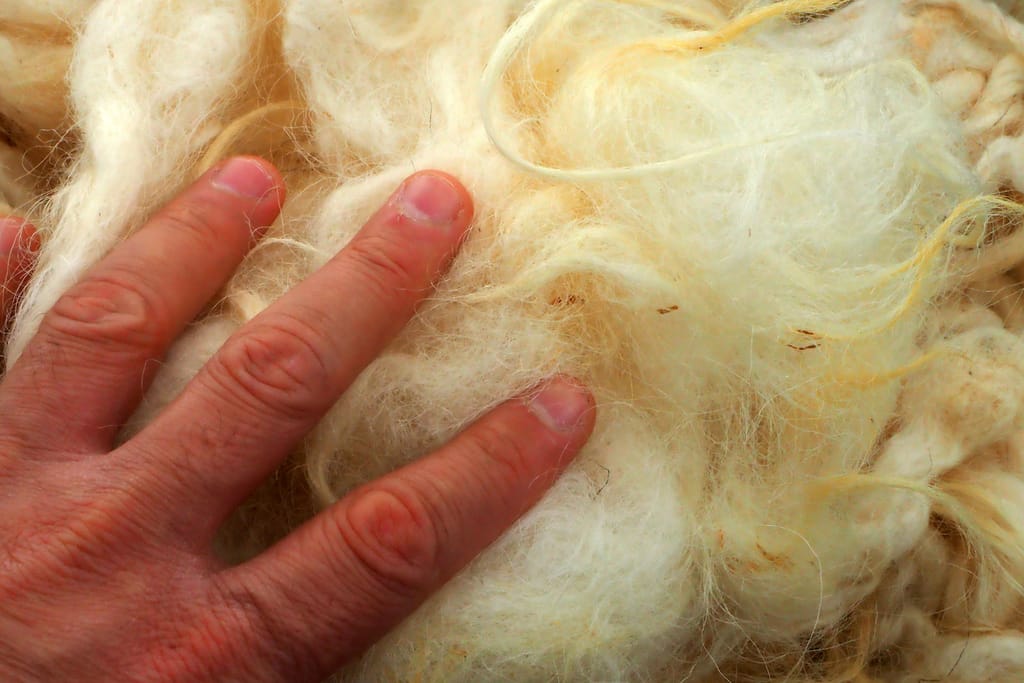What is lanolin?
Lanolin is a natural and renewable wax-like substance derived from the wool of sheep, and is widely used in a variety of products, from skincare to lubricants. It is an incredibly versatile and natural product and has been used by many cultures for centuries. It is a complex substance made up of esters, fatty acids, alcohols, and hydrocarbons, and it has many beneficial properties that make it ideal for a wide range of applications.
Definition and usage
Lanolin is an age-old, natural skin care ingredient that has been used for centuries for its protective, moisturizing, and healing properties. It is a waxy, greasy substance that is derived from the wool of sheep. It is a by-product of the wool industry, and is often referred to as wool wax.
Lanolin is a complex blend of lipids, fatty acids, and other compounds that can help to protect and nourish the skin. It is a natural emollient, meaning it helps to lock in moisture and keep skin soft and hydrated. It also acts as a barrier, helping to protect skin from environmental aggressors such as harsh weather or pollutants.
We often use lanolin as an ingredient in skin care products, such as lotions, creams, and balms. We know it for its ability to deeply moisturize and soften the skin, while also helping to protect it from irritants. It can also help to heal dry, cracked skin and has even reduced the appearance of wrinkles and other signs of aging.

Grades of lanolin
Lanolin, or wool wax, is a natural wax produced by sheep and other animals with wool. We widely used it in a variety of products, from cosmetics to lubricants, and is available in a range of grades. It is available in different grades, so understanding how they are used can help you choose the best product for your needs. The grade of lanolin is determined by how it is processed and refined. The higher the grade, the more refined the product is. The three basic grades: crude, anhydrous, and alcohol.
- Crude lanolin is the raw form and is used in a variety of industrial applications, including as a lubricant, rust inhibitor, and leather preservative. It is also used in medical products and cosmetics.
- Lanolin anhydrous is a more refined form and is used in cosmetic products such as creams, lotions, and makeup. It is also used in pharmaceutical products to treat dry skin conditions.
- Lanolin alcohol is a highly refined form that is used in cosmetics and pharmaceuticals. It is also used as a lubricant and in the manufacture of plastics.

Environmental impact
Lanolin, a fatty wax secreted by the sebaceous glands of wool-bearing animals, is a major component of the cosmetics and personal care industries. As a natural emollient and lubricant, we use it in a variety of products, ranging from creams and lotions to lip balms, soaps, and shampoos. Unfortunately, the production of lanolin can have a significant environmental impact. The primary environmental concern with lanolin production is its reliance on animal agriculture.
To produce lanolin, wool is sheared from sheep and then processed to extract the valuable wax. The shearing process itself can be stressful for the animals, and the factory farming of sheep for their wool can be a source of air and water pollution. The transportation of wool to a production facility requires significant amounts of fossil fuel, contributing to global warming.
The second environmental concern is the use of harsh chemicals in the processing of wool to extract lanolin. Many commercial products are derived from wool that has been treated with caustic chemicals, such as sulfuric acid and sodium hydroxide, to remove the natural oils. The byproducts of this process can be toxic and can pollute nearby water sources.
Consumers can choose sustainable lanolin products by looking for brands that adhere to Eco-friendly production standards. Companies that source their lanolin from humanely raised sheep and use chemical-free extraction processes can be identified by looking for certifications from organizations such as the Responsible Wool Standard. Consumers should look for brands that are transparent about their production processes and have a commitment to sustainability.
Conclusion
Lanolin is a natural, waxy substance derived from the wool of sheep, and it is widely used in a variety of products, from cosmetics to industrial lubricants. It is a substantial source of emollients, providing protective and moisturizing benefits to skin and hair. In addition, the substance has antibacterial, antifungal, and antiviral properties, making it an excellent choice for a range of products. With its versatility and natural origin, lanolin is a valuable ingredient in many products.
Reference
- Cd-N, A. C. R. (2022, November 1). What Is Lanolin? Verywell Health. https://www.verywellhealth.com/lanolin-5081303
- Lanolin: Indications, Side Effects, Warnings. (n.d.). Drugs.com. https://www.drugs.com/cdi/lanolin.html
- Wikipedia contributors. (2023, January 25). Lanolin. Wikipedia. https://en.wikipedia.org/wiki/Lanolin